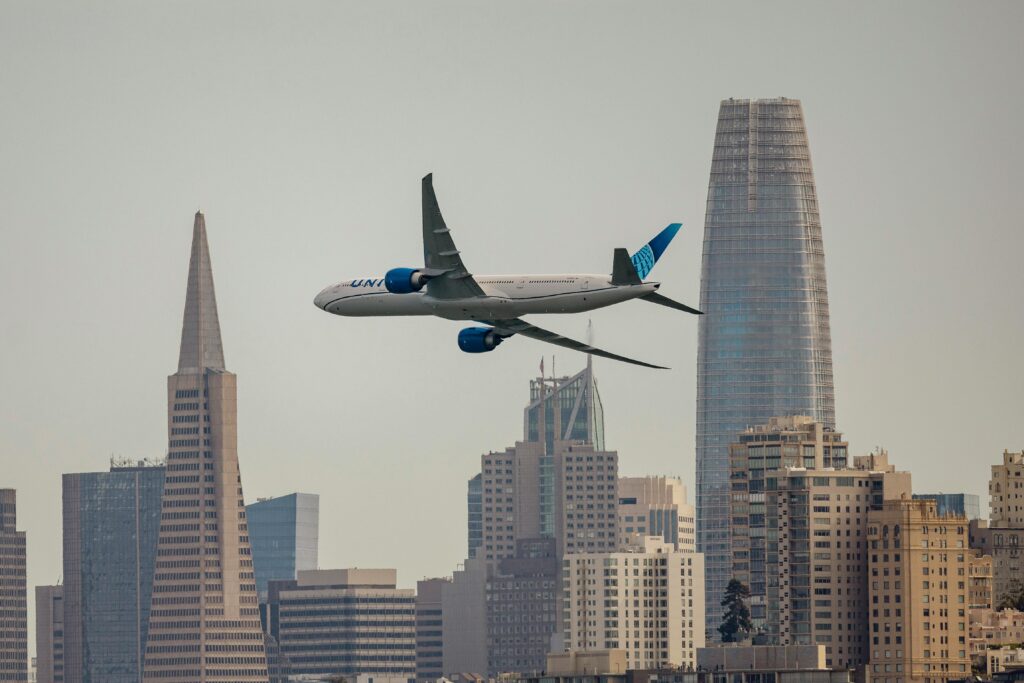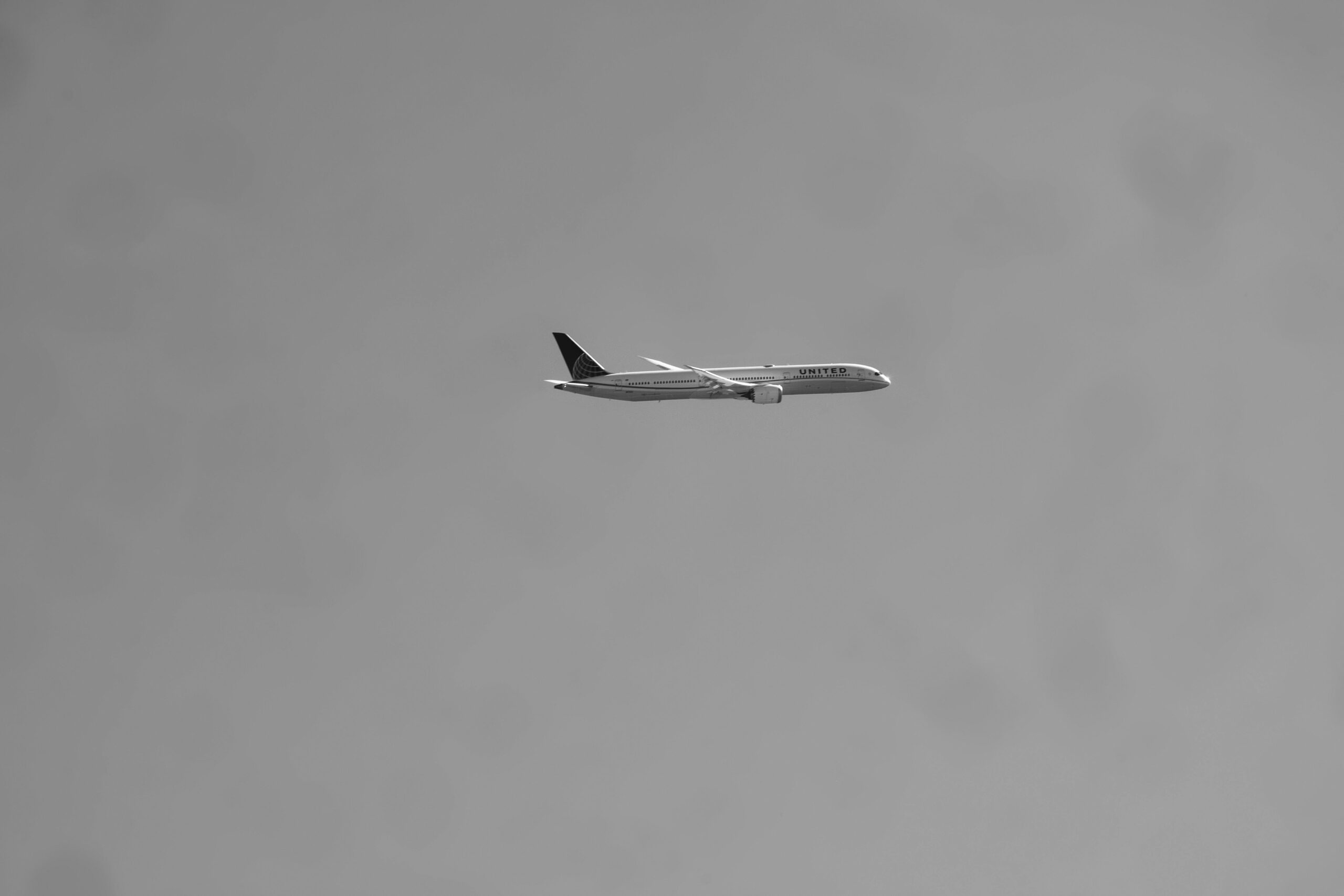On April 16, 2025, a United Airlines Boeing 737‑800 bound for Edmonton, Canada, returned to Denver International Airport after a possible wildlife strike damaged one of its engines before takeoff. Video footage captured bright flashes from the right engine, prompting the flight crew to abort departure and land safely, without injury to the 153 passengers and six crew members.

What Happened: A Closer Look at the Incident
- Flight Details: United Airlines flight UA 2325 was scheduled to depart Denver (DEN) for Edmonton (YEG) in the late afternoon.
- Suspected Strike: Ground personnel reported an animal—later widely reported as a rabbit—sucked into the right engine just before or during the takeoff roll.
- Pilot Response: The crew received confirmation of engine flashes, declared an emergency, and returned to the gate at DEN.
- Passenger Care: United arranged a replacement aircraft to transport all 159 people to Edmonton. No injuries or further damage were reported.
Wildlife Strikes: A Common Aviation Hazard
Frequency of Occurrence:
Wildlife strikes—primarily involving birds but also mammals like rabbits, deer, and coyotes—are a persistent risk at airports. In 2023 alone, U.S. civil aircraft reported about 19,700 wildlife strikes at 780 airports. Since 1990, there have been roughly 292,000 reported strikes nationally.
When They Happen:
- Seasonal Peaks: Over half of bird strikes occur from July through October, coinciding with fledging and migration seasons.
- Phase of Flight: Most wildlife strikes occur during landing and takeoff/climb, primarily below 500 ft above ground level.
Risks and Consequences
Engine and Airframe Damage:
Strikes can damage engines, wings, and windshields. In extreme cases, dual-engine failures have forced emergency landings—most famously US Airways Flight 1549 in 2009, when a flock of geese disabled both engines over the Hudson River, leading to the “Miracle on the Hudson.”
Fatalities and Losses:
From 1988 to 2024, wildlife strikes contributed to nearly 500 global fatalities and the destruction of hundreds of aircraft in both civilian and military operations. Economically, U.S. civil aircraft losses totaled over $1.4 billion from 1990 to 2023, with annual losses reaching hundreds of millions after adjustments.

Safety Protocols and Pilot Decision-Making
Immediate Procedures:
Upon suspecting a strike, pilots follow established emergency checklists:
- Abort or Continue Takeoff: If detected before V1 speed, the takeoff is rejected; otherwise, the aircraft may climb to a safe altitude before returning.
- Engine Inspection: After landing, maintenance crews inspect engines, nacelles, and airframe for signs of ingestion or impact.
- Passenger Management: Airlines arrange alternate transport if the aircraft is grounded.
Regulatory Requirements:
Under FAA Part 121 regulations, any suspected engine damage mandates a thorough inspection before the aircraft can be released for flight. The FAA’s Wildlife Hazard Management programs support airports in documenting strikes and implementing mitigation measures.
Mitigation and Prevention Strategies
Habitat Management:
Airports implement habitat modifications—such as grass-height adjustments and wetland drainage—to make runways less attractive to wildlife.
Active Deterrence:
Techniques include pyrotechnics, predator calls, and trained falcons to disperse birds.
Technological Solutions:
Emerging tools like radar-based wildlife detection and thermal cameras help operations teams track animal movements in real time, enhancing situational awareness.
Economic and Operational Impacts
Operational Disruptions:
Wildlife strikes can lead to flight delays, diversions, and cancellations, disrupting airline schedules and passenger itineraries.
Financial Costs:
Beyond direct repair bills, airlines incur costs for aircraft downtime, passenger rebooking, and potential compensation. Indirect costs include reputation damage and increased insurance premiums.
Conclusion
The United Airlines incident in Denver highlights the ongoing challenge wildlife strikes pose to aviation safety. While encounters with animals remain inevitable—given the proximity of many airports to natural habitats—robust prevention strategies, rigorous pilot training, and rapid response protocols ensure that such events rarely result in casualties. Continued investment in detection technologies and habitat management will be key to further reducing the frequency and severity of wildlife strikes, safeguarding both passengers and aircraft.

Frequently Asked Questions (FAQs)
Q1: How common are wildlife strikes in aviation?
In 2023, there were about 19,700 reported wildlife strikes at U.S. airports, with nearly 292,000 strikes logged since 1990.
Q2: What animals are most often involved?
Over 96% of strikes involve birds, with species like mourning doves and waterfowl commonly implicated. However, mammals such as rabbits, deer, and coyotes also pose risks.
Q3: What happens to a plane after a wildlife strike?
Pilots follow emergency procedures to safely land, then maintenance crews inspect for damage. The FAA requires a thorough inspection before the aircraft can return to service.
Q4: Can wildlife strikes cause engine fires?
Yes. Ingested animals can damage fan blades or combustibles, potentially igniting fires or causing engine failures.
Q5: How do airports prevent wildlife strikes?
Through habitat modification, active deterrence (e.g., pyrotechnics, predator calls), and advanced monitoring technologies like radar detection systems.
Q6: Are wildlife strikes covered by aviation insurance?
Most commercial airlines have insurance policies that cover repair costs and liability from wildlife strikes, although premiums may increase based on claim history.
Sources Fox Business


